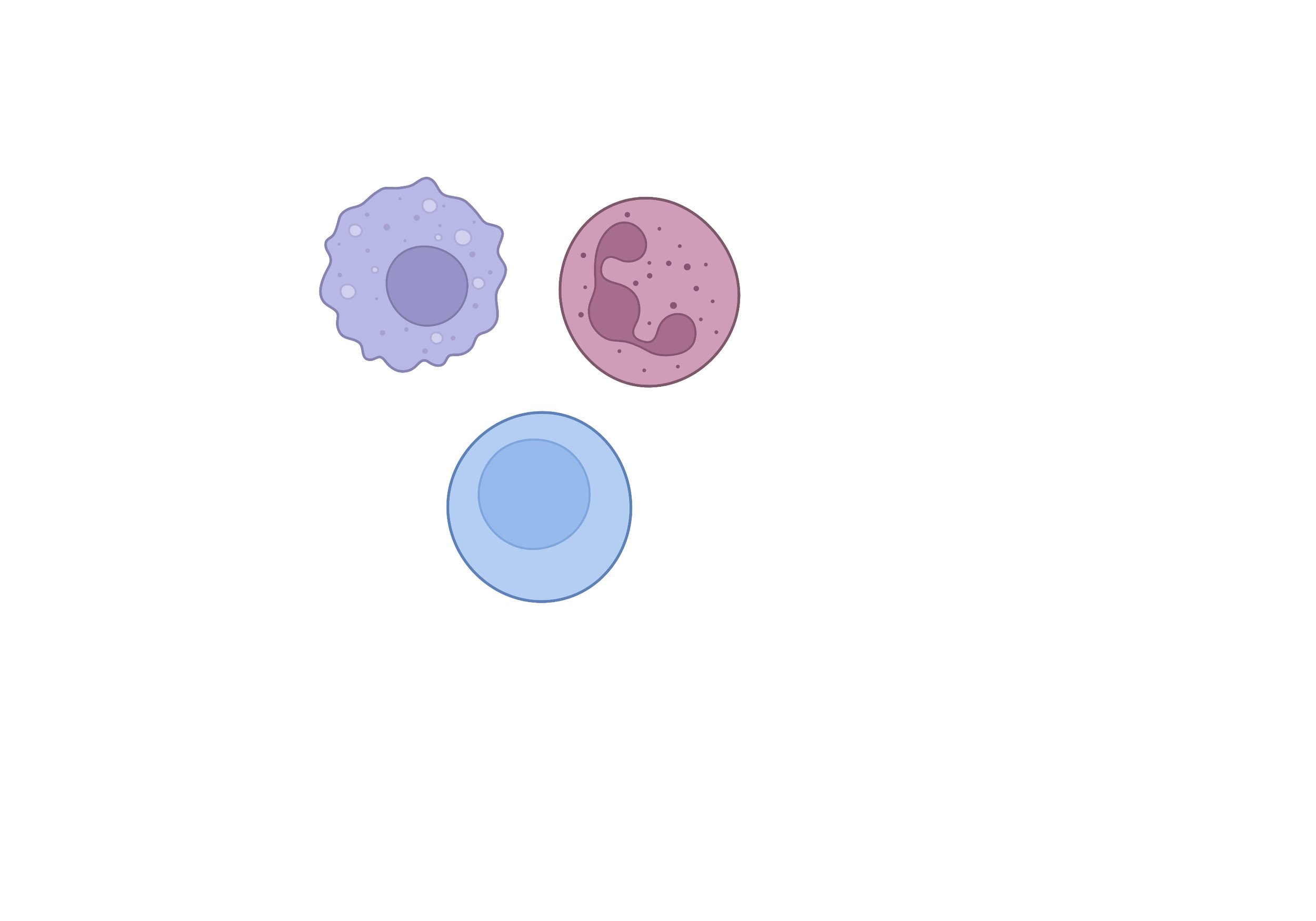
Immune System
How does it protect you?
Our immune system is armed with specialised cells that can disable/kill germs.
Types of immune cells
These are some immune cells and there are many many more. Scientists that study the immune system are known as immunologists!
Thats what our lab’s focus is on.
How do immune cells fight germs?
They can kill the cells that the germs may be hiding in.
They can swallow the germs completely and destroy them.
They can secrete factors that can act like toxins to kill the germs.
They can trap them using antibodies so they are recognised easily.
Disorders of the immune system
People can have an over- or under-active immune system.
Overactive immune system:
Allergic diseases: our immune system reacts very strongly to an allergen, like foods, medications or stinging insects, anaphylaxis (life-threatening allergy), hay fever (allergic rhinitis), sinus disease, asthma, hives (urticaria), dermatitis and eczema.
Autoimmune diseases: our immune system recognises a component of our own body as foreign. Autoimmune diseases are on the rise and include multiple sclerosis, autoimmune thyroid disease, type 1 diabetes, systemic lupus erythematosus, rheumatoid arthritis and systemic vasculitis.
Underactive Immune system:
An under-active immune system does not function correctly and makes people vulnerable to infections. It can be life threatening in severe cases.
Our super bugs can change with diet, environment and age!



